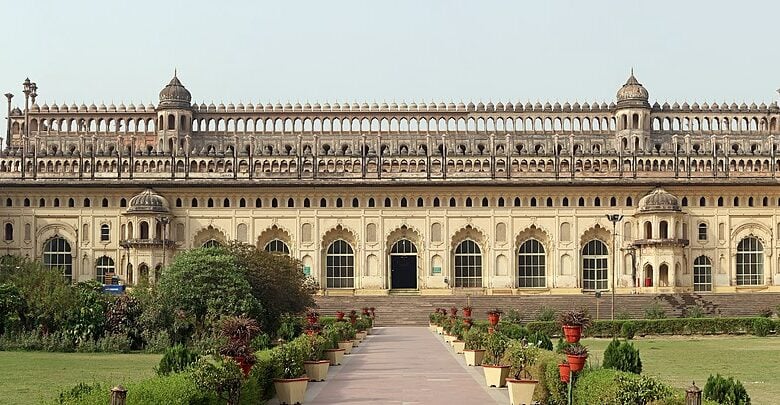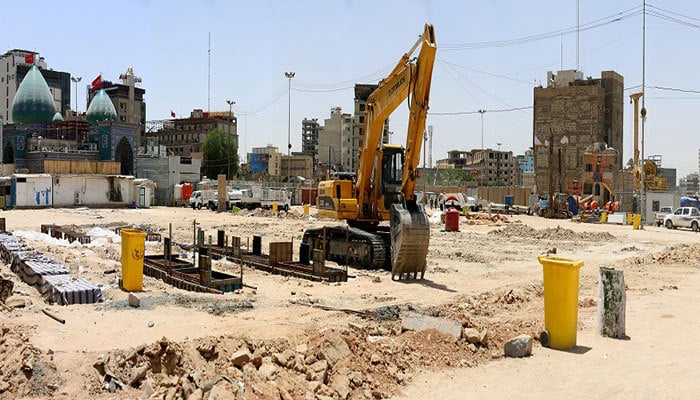Bara Imambara: A testament to Lucknow’s cultural heritage and architectural splendor

The Bara Imambara, also known as Asafi Imambara, stands as a grand historical monument in Lucknow, built in 1784 by Nawab Asaf-ud-Daula. This architectural marvel is not only one of the city’s most significant cultural and religious landmarks but also a major tourist attraction drawing visitors from around the globe.
The Imambara complex is renowned for its enormous central hall, which measures approximately 50 meters in length and 15 meters in height, making it one of the largest arches supported without any pillars. This distinctive feature highlights the finesse of Mughal architecture. Traditionally, the hall was used for prayers during the annual Muharram congregations held by Shiite Muslims.
Muharram holds a special place in the history of Awadh’s Nawabi period, commemorating the martyrdom of Imam Hussain ibn Ali (peace be upon them), the grandson of Prophet Muhammad (peace be upon him and his family), at Holy Karbala.
The Shi’a Muslim Nawabs of Awadh observe Muharram with solemnity and grandeur, considering it a sacred duty. During this period, elaborate Muharram processions are organized, featuring the recitation of Marsiya and Latmiyah processions, accompanied by public gatherings where Majalis are held to remember the events of Karbala. These practices foster a strong sense of community among the Shia population in the region.
One of the unique features of the Bara Imambara is the Bhool Bhulaiya, a maze of corridors leading to the top floor. The complexity and number of passages and stairs in this labyrinth provide an exciting experience that captivates visitors’ imaginations.
Adjacent to the Imambara is the Asafi Mosque, another splendid example of Mughal architecture. The beauty of its extensive gardens further enhances the grandeur of the entire complex.
The construction of Bara Imambara was initiated as a job creation project during a great famine, providing employment to thousands. This historical and social context adds a profound significance to the monument, making it more than just a building – it represents the resilience and history of the region.
Thus, the Bara Imambara is not merely an architectural marvel but also a historical site symbolizing the deep cultural roots of Lucknow. Its grandeur tells many stories that continue to captivate and inspire visitors. The observance of Muharram during the Nawab period illustrates how enduring religious traditions have shaped patterns of living in this part of India.





